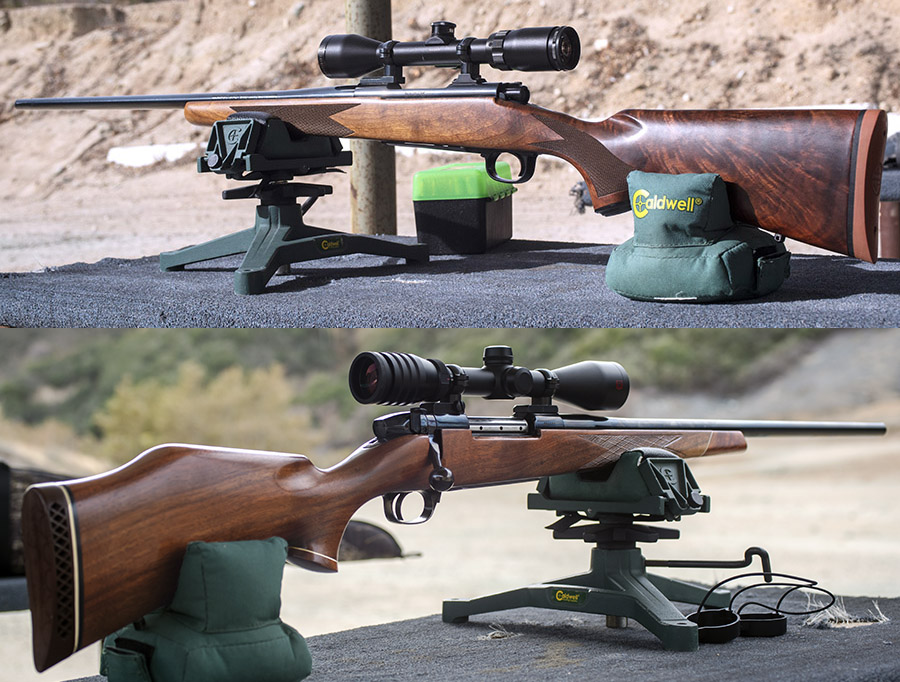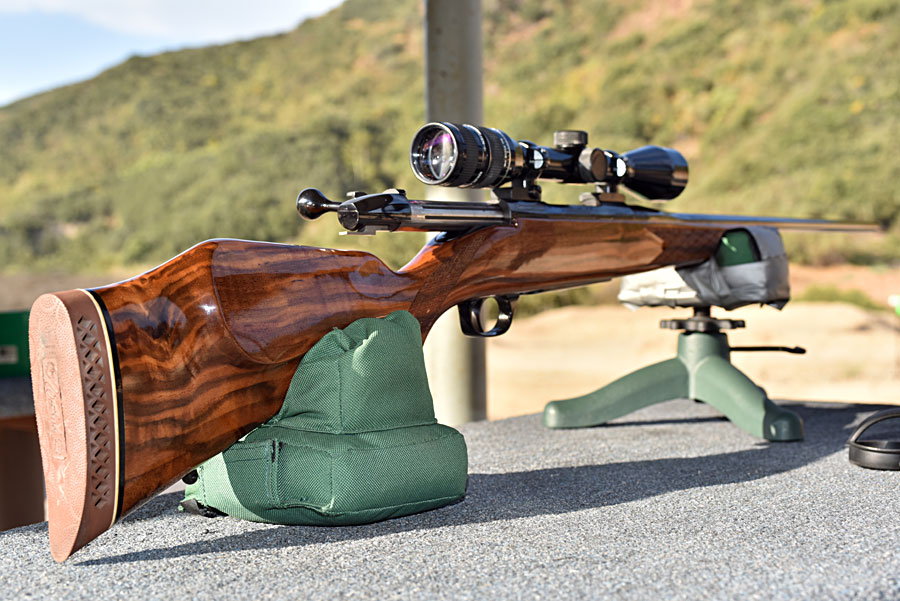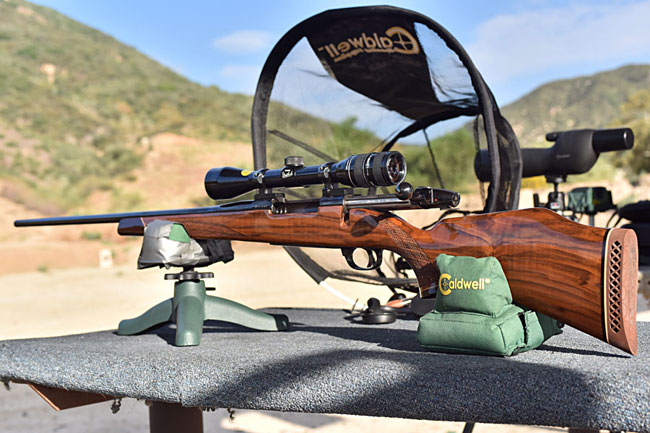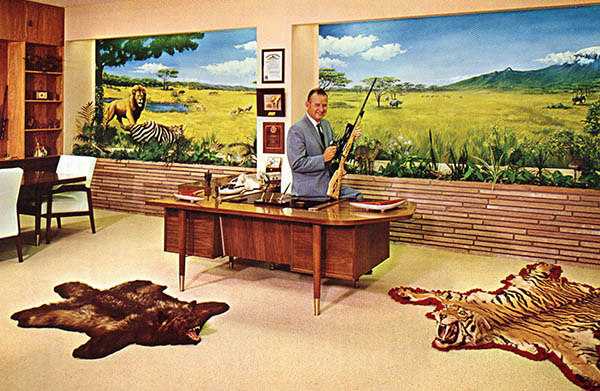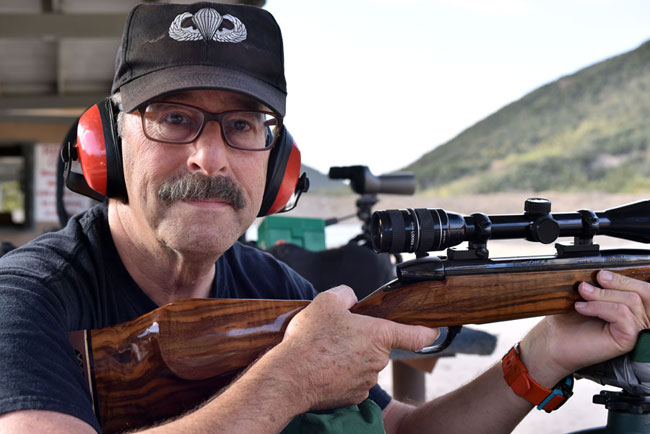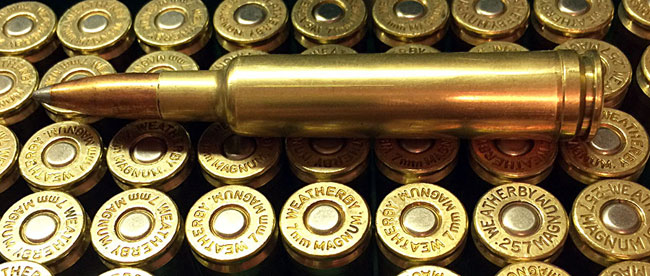I had the 300 H&H Mags out last week, and when reloading the brass from that range session, I noticed a bright ring around some of them about a quarter inch above the belt. I did the inside-the-case check with a bent paper clip and sure enough, I could feel the sharp step of the brass thinning. Uh oh. Impending case separations. I had reloaded this brass once too often.
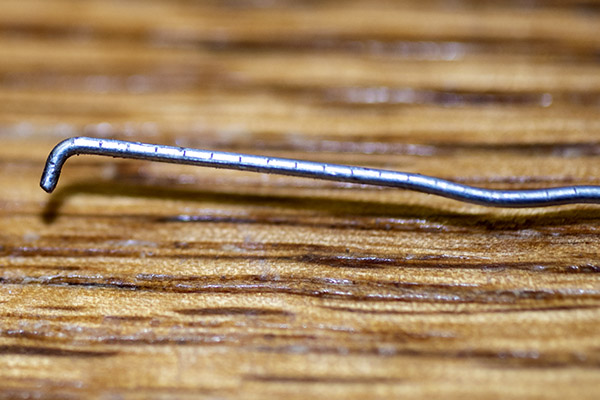
I don’t know how many times I had reloaded these cases (maybe something like 3 to 5 times?), but rather than risk an impending case separation, I tossed the brass (all 50 pieces). It felt like a crime against nature, but it was necessary. I had two more boxes of 300 H&H brass (100 rounds) tucked away, so that will be the next lot that I load. I had tumbled the old brass for several hours, and maybe that was a good thing because it let me see the warning signs and the faint beginnings of circumferential cracks. Time to move on and start with fresh brass.
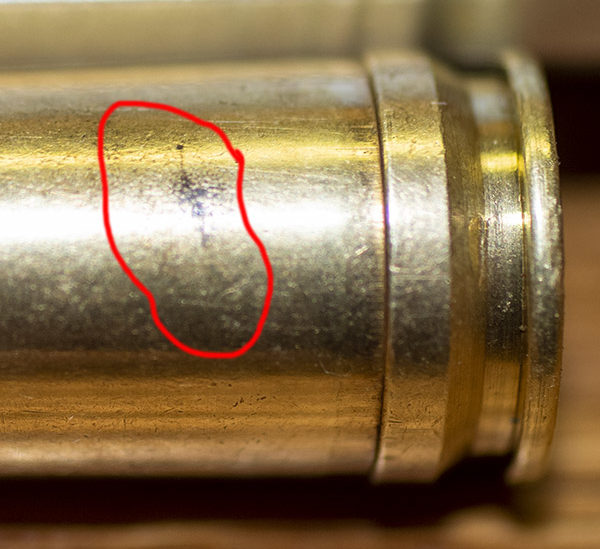
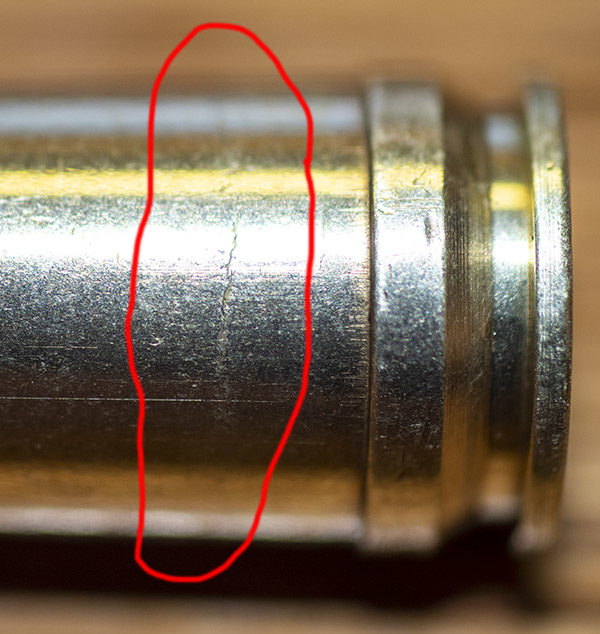
When I started this blog, I didn’t intend for it to be another reloading tutorial, but here we are anyway. Let’s get back on the two 300 H&H Magnums. I guess to start, allow me to tell you a bit about the magnificent and classic 300 H&H cartridge. It goes back to shortly after World War I, when the venerable English firm of Holland and Holland introduced it as an African plains game cartridge. I know, I’m coming across as snooty, and to tell the truth, I’m not entirely certain what “venerable” means. But it sounds like it fits.
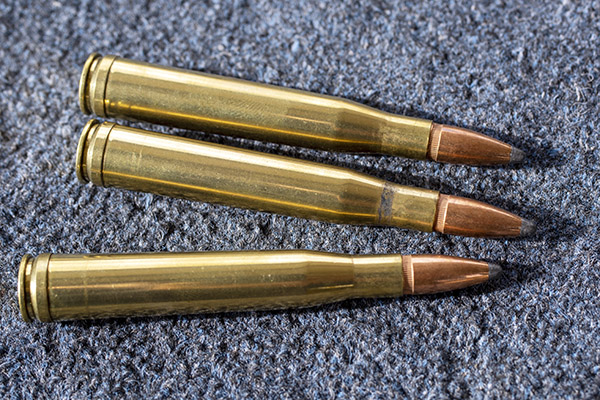
The 300 H&H was the absolute hottest .30 caliber cartridge in those days, and the belted 300 H&H cartridge just looks cool. It became the basis for nearly every magnum round that followed, including nearly all the Weatherby chamberings, the 7mm Remington Magnum, and a bunch more. The 300 H&H round won the Wimbledon 1000 yard match in 1935, and in 1937 Winchester offered it as a factory chambering in their Model 70 (assuring it’s survivability well into the future). Did I mention it just looks cool, too?
So to continue the story, I had to have a 300 H&H, and because I had a Weatherby 7mm Mag that I couldn’t get to group well no matter what I tried, to me the solution was obvious: Rebarrel it in 300 H&H. Which I did. 35 years ago. I’ve been shooting it ever since. It’s the one you see in the big photo at the top of this page, and if you don’t feel like scrolling up, here’s a view from the port side:
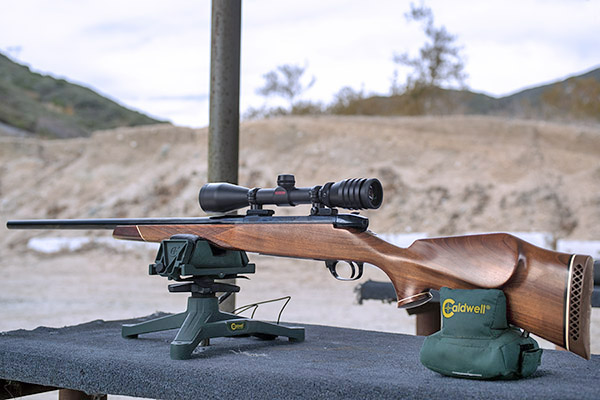
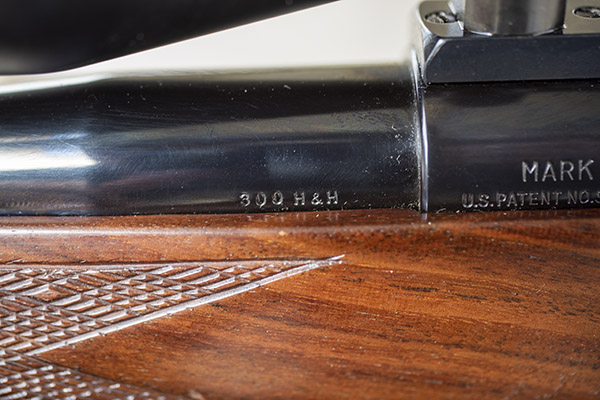
The 300 H&H Weatherby is a fabulous rifle. It has a Timney trigger my Dad put in it while I was overseas, and it breaks like glass. I enjoy owning it, reloading for it, and shooting it.
Then I picked up another 300 H&H rifle maybe 7 years ago: A Model 70 Winchester. The Model 70 in 300 H&H is not a commonly-encountered rifle, and I searched a while to find this one on Gunbroker with the fancy walnut I wanted. Trust me on this: It looks even better in person. And this one is a shooter. It deserves a better scope, but it’s still a beautiful rifle.
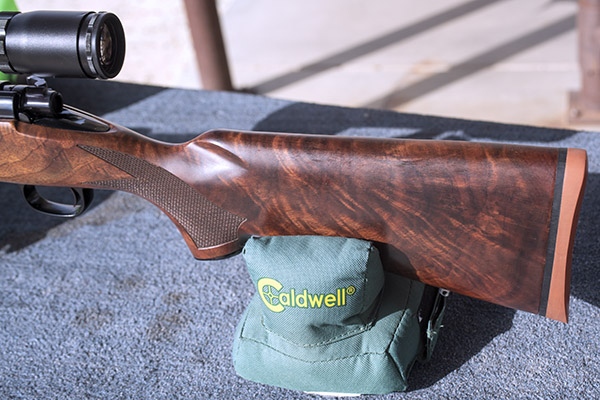
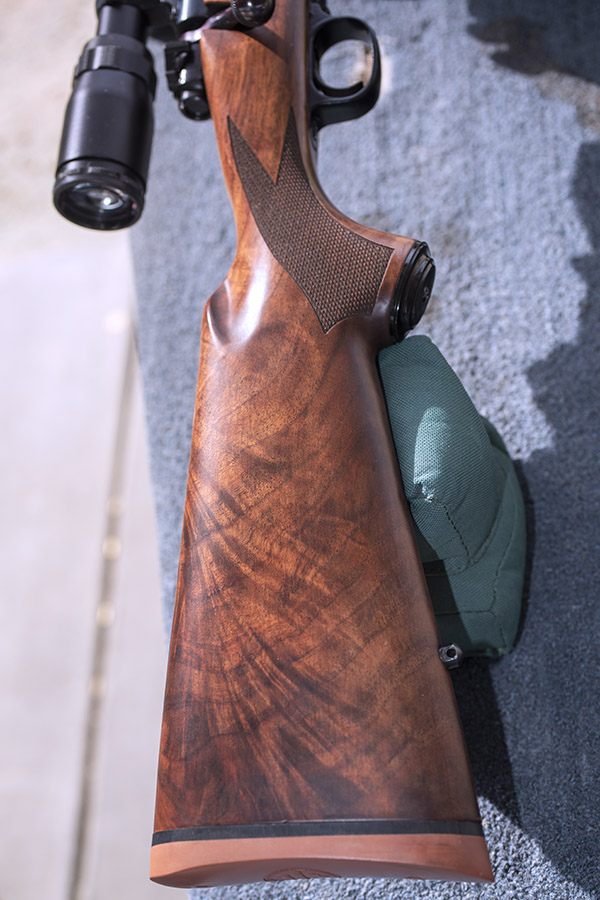
Anyway, one day last week was one of those days when I woke up and knew I needed to get out and shoot some 300 H&H Magnum. So I did. These are some photos from that range session. I think it was a Monday. It was cold and windy as hell with gusts up to 60 mph (that’s the bad news), but because of that I had the range to myself (that’s the good news).
I shot my standard 300 H&H load. It’s one that has done well for me in the Weatherby, and it does equally well in the Winchester. The load is 60 grains of IMR 4320, a CCI-250 large rifle magnum primer, the 150-grain Winchester jacketed soft point bullet I mentioned above, and an overall cartridge length of 3.600 inches. You won’t find this load in any of the newer reloading manuals, but I still have the manuals I used years ago, before all the latest and greatest gee-whiz propellants came out. That’s where I found this one. And wow, does it work! Check out the 100-yard groups on the targets below, and remember it was a cold and windy day when I shot these.
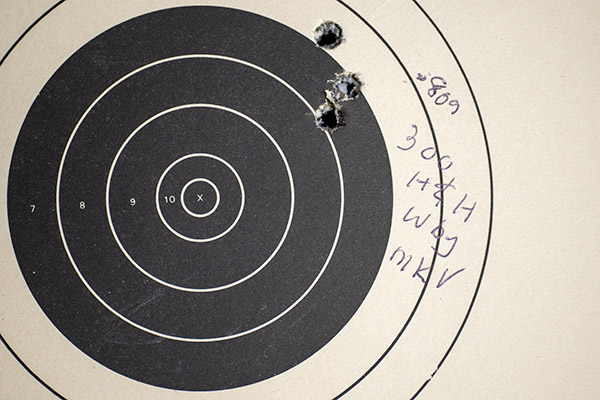
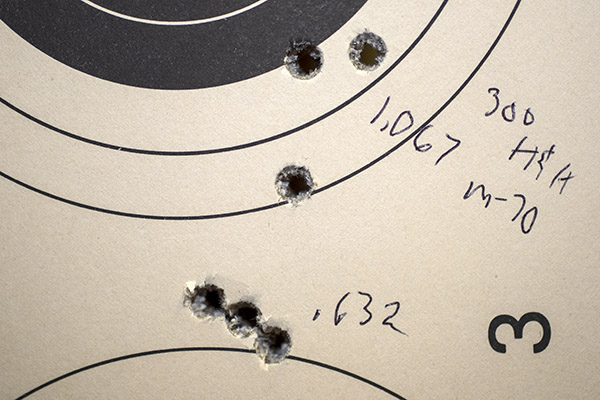
The inexpensive Bushnell on the Model 70 was at the end of its elevation adjustment range and the rifle still shot a little high at 100 yards. I shimmed the front of the scope up .010 inch, which should get me a foot lower on the target at 100 yards (if you do the math, each 0.005 gets you 6 inches at 100 yards). I should be in the scope’s adjustment range after shimming, but I haven’t fired it again to make sure. I’ll check it the next time I’m out there. Longer term, though, the Model 70 will get the scope it deserves (and that will be a Leupold
).
Edit: I learned that the manufacturer has discontinued IMR 4320 propellant, so the bad news is that when I deplete the little bit of this wonderful powder I have left, I need to develop a new load (and I guess that’s also the good news, as it means I get to play around with developing a new accuracy load). I’ll probably start with IMR 4350, as my research indicates it’s the go to powder for .300 H&H. Nobody has 4350 in stock right now; hopefully, that will change soon.
One more update…on a subsequent trip to the range, the shims did the trick for the Model 70; the Bushnell scope can now be adjusted to put the shots right where I want them.
More fancy walnut: Check!
More accuracy loads: Check!
More gun stories: Check!
It’s all right here on Tales of the Gun!
Hit those popup ads!

